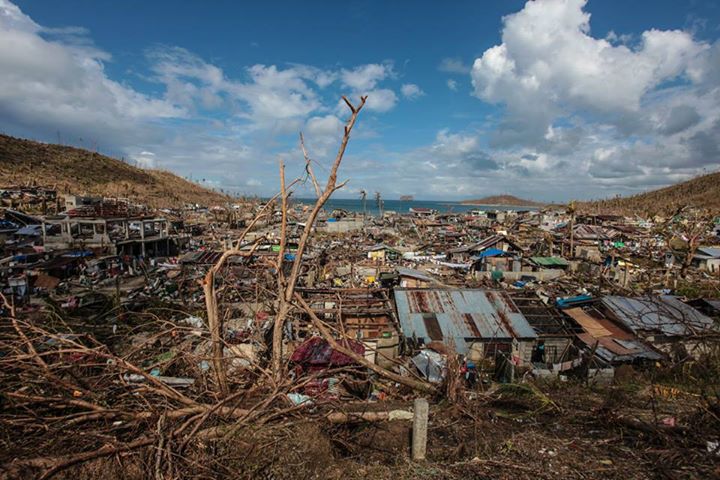November 8, 2021 marked the 8th anniversary of Typhoon Yolanda (International name: Haiyan) which took the lives of more than 6,000 Filipinos and left the Philippines in ruins.
It was considered the most powerful typhoon of all time and created overall damage of almost 95 billion, according to the National Disaster and Risk Reduction Management Council.
The typhoon also caused agricultural damage amounting to almost 35 billion, leaving millions of farmers and fishermen with nothing to support their families. Almost 4.1 million people were forced to leave their homes.
Housing for Yolanda victims
After 8 years, housing projects to help displaced families remain in progress. The National Housing Authority (NHA) under the Yolanda Permanent Housing Program had revised their goal into 218,975 housing units to distribute for the victims after P 7.4 billion was added to their funds in 2020.
NHA promised over and over that the construction would finish and houses would be distributed at the end of the 2020. But as of the end of the year, the Commission on Audit (COA) found that only 139,516 housing units or 64 percent were completed by the NHA and local governments.
Due to the delay in construction and the slow turn over, Tacloban City Vice Mayor Jerry Yoakasin said in a report on ANC that victims have been left with no choice but to live in danger zones. He also stated that the NHA doesn’t have a master list of beneficiaries.
Meanwhile, the Philippine Red Cross continuously supports and helps the victims after all these years. They built 80,207 shelters to help the affected families and supported 62,676 households through livelihood training and assistance.
Typhoon Yolanda’s effect on climate talks
The National Council of Churches in the Philippines (NCCP) believed that the disaster was worsened by climate change and the negligence of both the past and present administrations towards the issue.
Naderev Sano, a former Philippine Climate Change Commissioner, linked Typhoon Yolanda as man-made climate change in his speech last 2013 at UN climate talks in Warsaw, Poland.
According to the Philippine Atmospheric, Geophysical, Astronomical Services Administration (PAG-ASA), the global warming we are experiencing has increased and brought more challenges to both man and environment.
Greenhouse gases cause sea warming and have a great contribution to why super typhoons are created. Scientists said that the continuous warming of the sea will give people super typhoons more often.
True enough, the country experienced more typhoons that left the country in ruins.
One of these is Typhoon Ulysses in 2020 that caused massive flooding in the lands of Cagayan and Isabela. The flood submerged tens of thousands of homes, causing the residents to be trapped in their roofs while waiting for rescue.
In addition, capitalism is also a factor why climate change is worsening. It is driven to exploit everything in the name of profit, and the environment wasn’t an exception. The oldest examples are the factories that emit harmful smokes and send dangerous liquids to rivers.
According to NCCP, these happenings should have pushed the government to be well-prepared and scale up disaster mitigation, ecological protection, and climate change adaptation, but unfortunately, they haven’t seen any progress.
Instead, the government continues to show that they prioritize profit first over the safety of their people when President Rodrigo Duterte lifted the ban on issuing licenses for new mining operations in the Philippines last April 2021. According to the government, these will help create more jobs amidst the pandemic and will generate more revenue.
Mining has been considered as one of the most environmentally destructive human activities apart from land-use change, deforestation, among others. Thus, this decision will not help the environment for it would just create possible landslides and will cause further pollution.
Government’s action
The government should be held accountable for projects that are harmful to the environment such as the bridge-project in coral garden in Palawan, the Kaliwa dam project, beautification of Manila Bay, etc. In the face of past and present disaster experiences, continuing with these are greedy and selfish.
Also, several human rights groups demanded accountability from the Duterte administration in the continuous killings of land and environmental defenders. Global Witness recorded 166 killings since 2016, and for eight years, the Philippines remain as the deadliest country for them.
World leaders should also take action and address the crisis immediately. Rich countries and large corporations that contributed largely to the pollution should be held accountable.
The Climate Change Commission also called for strengthening environmental education as the country celebrates Environmental Awareness Month this November.





























